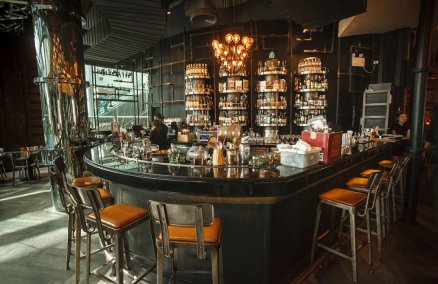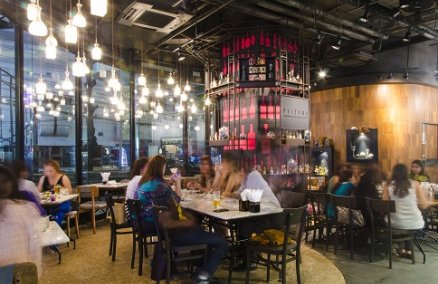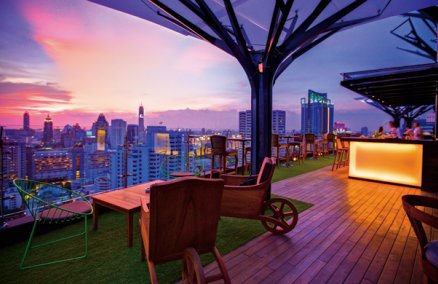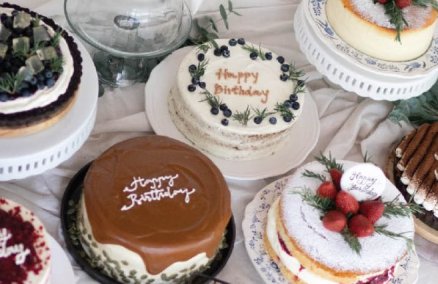I never wanted to do music professionally.�
I enjoyed making music when I was younger but I only did it because that was the only way to get girls.
Music was always the thing I breathed.� When I was younger, I was a lot more arrogant and brash. I missed a lot of opportunities but now I’m bringing it all back to one goal and that is to build something that would make people’s lives better.
If you look at my Facebook profile,� it says, “Terry Lee is a Singaporean music producer.” I think it’s great being a Singaporean in the 21st century.
I did a presentation �for the MDA [Media Development Authority] last year for grants. But these people probably figured I was too young to be running a business and to ask for that much money.
I needed that money� to start this thing called Hotel Supastar. I wanted to set up a business for young Singaporeans to live the life that I’ve lived. I am a little more privileged in the sense that I’ve had the opportunity to be abroad and I have very international influences. I’ve had the opportunity to see a lot.
I tried to tell the MDA that� Singaporeans have the right Asian sensibility as well as a very global perspective on things. I wanted to groom a bunch of kids that have this type of mentality; that has always been my whole thing.
There’s this kid in Singapore;� I call him Zique. Zique does my work and while I’m working on some songs for Vanness (Wu) from F4, Zique will work on a drum track.
I’m slowly picking kids to take over my work. Rather than go out and picking someone out from Taiwan, I try to pick these local kids and bring them with me.
If you don’t explore your options,� you’ll get stuck in Singapore and you’ll really start to think that getting played on Perfect 10 translates into making it big.
I remember the first time I had my song on Perfect 10 and I thought I’d made it big. Then I remember my second and third songs on Perfect 10 and eventually, I reached a point where I’d stopped counting and realized I still took the bus.
There are a few places in Asia� that are the hotspots. One is Singapore, which is quickly becoming the new Hong Kong. The other is China. China is not going to grow as fast as Singapore because they have to deal with demographic and social issues before they can even start worrying about sub-cultures like Pop Art. I think Singapore is almost there.
Singapore musicians are the best in Asia.� Period. When I started working in Taiwan, all I ever heard was how good some of our Singaporean musicians are.
You hear a lot of different opinions about me� but I’ve never screwed anyone. I put it on my grandfather’s grave; I’ve never screwed anybody. Usually people who say I’ve screwed them are the people who don’t want to work harder for themselves. I have very high standards. Most people cannot keep up and those that do, do very well.
I am the Dalai Lama.�
I don’t smoke, I don’t drink and I don’t go out late nights clubbing. I quit smoking two years ago. Funnily enough, after I quit my vices, my work really started to take off.





















